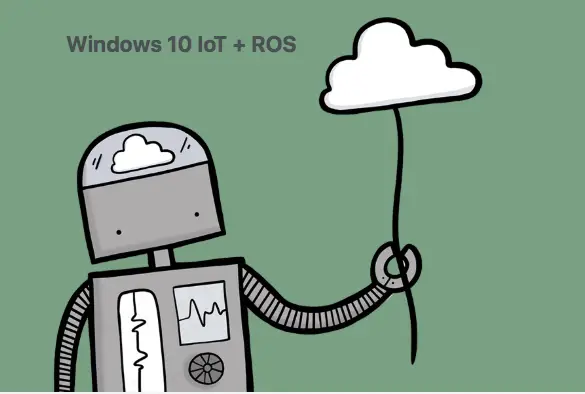Everything has an operating system, even Robots. Robot Operating System (ROS) is one such OS maintained by OpenRobotics.org. It is an open source robotics framework in which Microsoft vested their interest at ROSCon 2018. The Redmond giant had been working with ROS since then. They have announced the general availability of ROS on Windows 10.

ROS for Windows with Windows IoT support announced
ROS on Windows 10 comes with IoT Enterprise support. Developers can take advantage of hardware-accelerated machine learning, computer vision and cloud capabilities such as Azure Cognitive Services.
- Microsoft Azure Cognitive Services provides AI solution. It gives eyes, ears, to interpret their environments using natural methods of communication.
- The Microsoft ROS Node for Azure IoT Hub allows a system administrator to monitor the health of a robot. It can also keep an eye on tasks by monitoring specific message streams.
- The Microsoft AI platform can act as the brain of the robot. The platform offers inferencing capabilities that work across any hardware platform.
To enable more natural development for ROS solutions, Microsoft will be adding support from Visual Studio as well.
Stepping into details of ROS, it is an open source platform. The primary aim is to simplify the task which will take a lot of time. You do not need to start from scratch to develop an OS. Instead, you can use this, and improve on it. A lot of collaboration happens at ROS where experts from the different field come together and merge what they know.
As of now ROS for Windows requires 64-bit Windows 10 Desktop or Windows 10 IoT Enterprise. It is currently, not enabled on Windows 10 IoT Core. You will need 10 GB of free space, and Visual Studio 2017 at the minimum.
You can join the ROS community at Github and read more about installation.
Now that Pure Linux is also available on Windows 10, going further ROS Linux development can happen on the same PC.
Leave a Reply